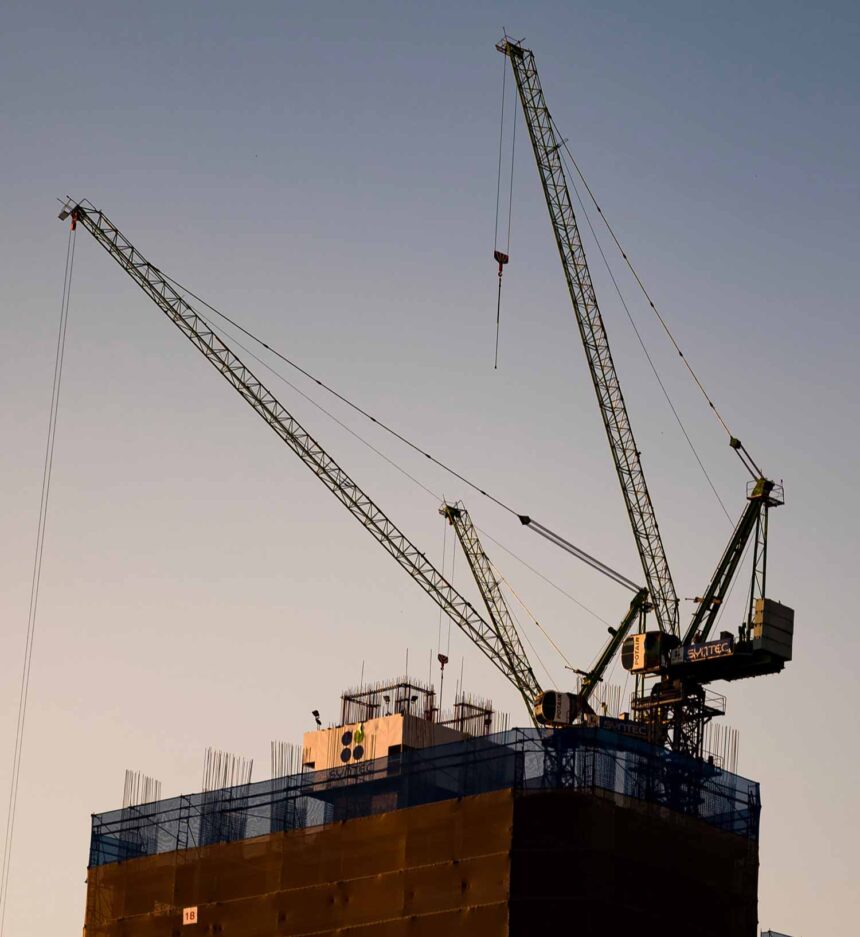Scenario planning is when an organization develops long-term plans to protect the company from identified risks. It’s vital, as it allows construction companies to develop mitigation measures to prevent construction projects from stalling. These mitigation measures might be either an alternative or an option.
Scenario planning platforms like https://www.alicetechnologies.com/construction-optioneering use optioneering to allow you to model new scenarios on the fly. You can adjust to changing conditions more easily and make more informed decisions.
The benefits of scenario planning
The main benefit of scenario planning is that it helps organizations plan for the future. Unlike traditional planning methods that only factor in the present, scenario planning looks at threats that can affect the project long-term.
Scenario planning uses trends and qualitative data, making it more accurate when compared to forecasting.
Here are some other benefits of scenario planning.
Allocates resources efficiently
Another advantage of scenario planning is that project managers can identify future resource constraints before they affect the project. As a result, managers can plan how they will adequately allocate resources. One way to do this is to ensure that there’s no over or underallocation of labor and equipment.
Decreases costs
Planning allows project managers to predict future costs. This makes it possible for managers to reduce the cost of construction. They can do this by using cheaper materials, buying bulk, or developing an alternative design.
Increases the chances of success
Scenario planning increases the probability of a construction project being completed on time. Construction delays can be caused by design errors, complexity, and lack of financing. Planning helps identify these problems and allows for the development of mitigation measures that protect the project from delays.
7 tips for evaluating new scenarios in construction
Here are some tips to help project managers create an effective construction scenario plan.
1. Plan for everything
Most project managers make the mistake of only planning for what they assume is a likely risk. This is okay, but unforeseen risks can stall projects for months. Therefore, project managers need to categorize risks into two: likely and unlikely.
An example of an unlikely risk is when there is a natural disaster. In some cases, trade wars can also increase the cost of materials.
All these factors need to be considered, with mitigation measures identified. Complete a SWOT analysis to ensure your analysis is as comprehensive as possible.
2. Have both a best-case and worst-case scenario
This approach is important because it allows stakeholders to brainstorm every possible risk affecting the project. Best-case scenarios are risks that are easily controlled. Worse-case scenarios are risks that are not easily controlled.
3. Use data to your advantage
Scenario planning can only be successful if you have factual data. This way, businesses can respond to threats more quickly. Data sources that can be used include press and media data, internal data such as management accounts, and data from the government.
4. Apply sensitivity analysis
Sensitivity analysis is important because it tracks how target variables are affected by changes in other variables. For example, an increase in labor demand will increase prices. This will then affect the cost of construction, as companies will have to spend more on labor.
Sensitivity analysis enables a company to be ahead of threats because risks are identified on time.
5. Review your scenarios periodically
The construction industry is dynamic. What might affect the sector today is not what will affect it in five years. A good example was the COVID-19 pandemic, which halted almost all construction activities in the country. Construction companies must periodically review their scenario plans to know if new threats have emerged.
Another example is tariffs. It might be cheaper to import raw materials today, but expensive after twelve months due to geo-political factors that companies cannot control. Managers should periodically review their plans at least every twelve months.
6. Collaborate with all stakeholders
Scenario planning should not be left to third-party companies alone. The project managers need to ensure that all stakeholders contribute to the plan.
Key stakeholders include the finance team, procurement team, subcontractors, and project owners. This way, the entire team bears responsibility if a threat is not identified. Also, every department must give an opinion of what they believe will be a future threat.
7. Don’t complicate the process
Project managers should avoid complicating the process by ensuring that they have a maximum of five main scenarios. Too many scenarios complicate the process, making it easier to follow and develop mitigation measures.
Project managers need to focus on assumptions rather than figures. It’s better to assume that the cost of raw materials will increase. Through this, you can develop a mitigation strategy.
In conclusion, scenario planning is important because it protects construction companies from unforeseen risks. However, to ensure the plan is efficient, keep the process simple, and involve all stakeholders, since they have a good understanding of what is happening on the ground.








